Tianhe, the core module of China's space station, has completed its verification of key technologies and achieved its expected goal.
Yang Hong, chief designer of the space station system of the China Manned Space Program at the China Academy of Space Technology, made the remarks at a press conference in Beijing on Sunday.
Yang said the core module has been in orbit for almost one year, and all missions have been carried out smoothly and according to plan, including rendezvous and docking with two manned spacecraft and two cargo spacecraft, as well as the three-month stay of the Shenzhou-12 crew and the six-month stay of the Shenzhou-13 crew.
Missions including extravehicular activities and manual remote operations were carried out in the past year.
Key technologies related to physical and chemical recycling and life support, large complex control, as well as large flexible solar cell wings and driving, have been verified.
Evaluation results show that Tianhe's current functions perform better than their design, Yang said.
Tianhe's recycling and life-support system has provided a good environment for astronauts' metabolism needs in orbit, Yang said.
Moisture discharged by astronauts is collected as condensed water, and urine is recycled and processed into drinking water and oxygen. Tianhe's water recycling efficiency is higher than 95 percent.
The amount of drinking water and oxygen that needs to be carried by cargo spacecraft has been greatly reduced thanks to the technology.
Large-scale flexible solar cell wings have been providing energy for the core module and its complex. The assessment showed that the solar cell wings have a power generation capacity approaching 10 kilowatt, beyond the expectations of their design.
Four extravehicular activities conducted by the Shenzhou-12 and Shenzhou-13 crews covered the operations, installation and maintenance of electronics, machines, pipelines and other typical equipment outside the cabin, and laid a solid foundation for astronauts to install and maintain extravehicular facilities during long-term operational periods after the completion of the space station, Yang said.
The robot arm played an important role in the whole key technology verification process and performed excellently. Its joint motion ability and terminal positioning accuracy met its design expectations. Its stiffness proved to be capable of lifting and transferring large loads, Yang said.
Since 2020, China has successfully carried out six flight missions, including the space station core module Tianhe, the Shenzhou-12 and Shenzhou-13 manned spacecraft, and the Tianzhou-2 and Tianzhou-3 cargo spacecraft, Hao Chun, director of the China Manned Space Agency, said at the press conference.
All six missions achieved success and completed their goal of verifying key technologies, Hao said.
According to schedule, China will complete the in-orbit construction of its space station by 2022. A total of six missions are planned for this year, including the launch of the Tianzhou-4 cargo spacecraft in May, the Shenzhou-14 manned spacecraft in June, the lab module Wentian in July, and the lab module Mengtian in October.
The three modules will form a T shape to complete the in-orbit construction of China's space station, followed by the launch of the Tianzhou-5 cargo spacecraft and the Shenzhou-15 manned spacecraft, Hao said.








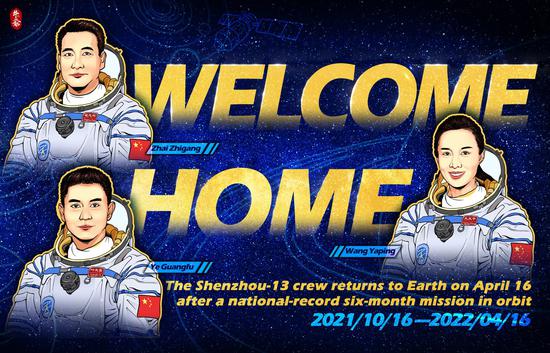
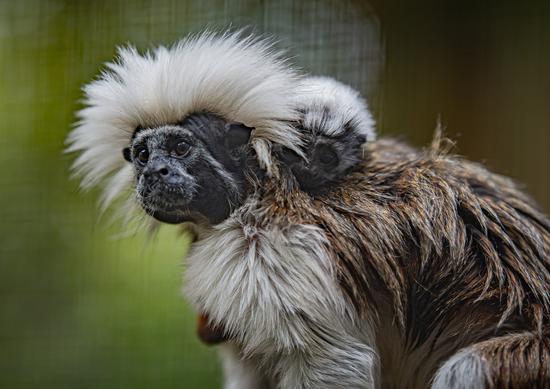
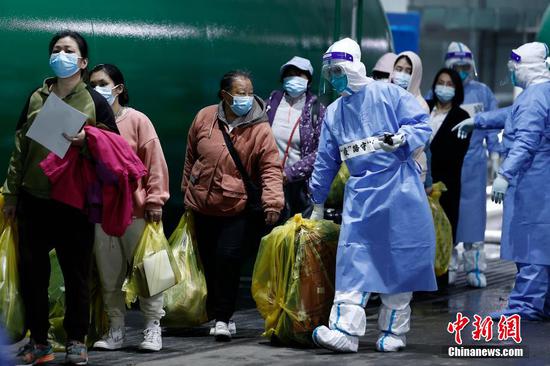


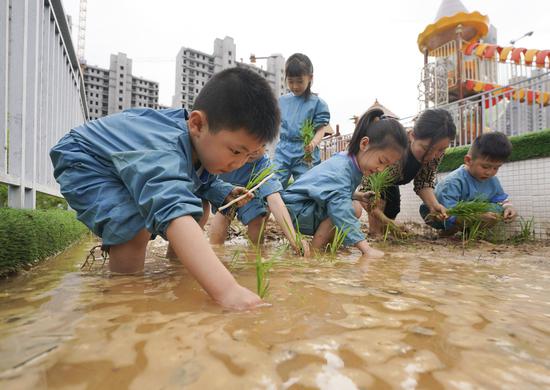


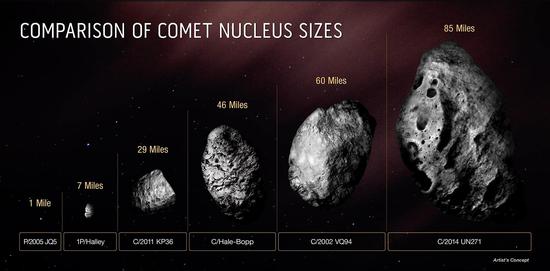

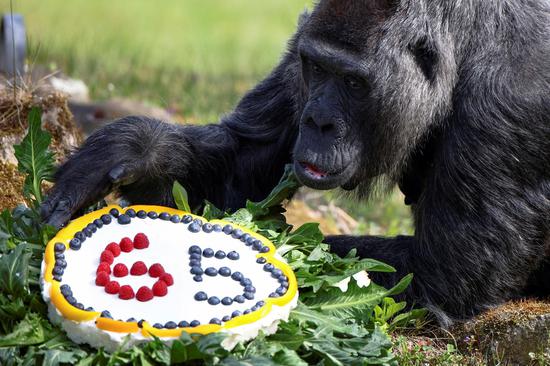
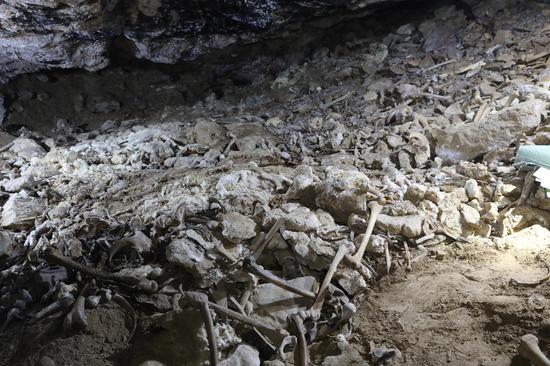


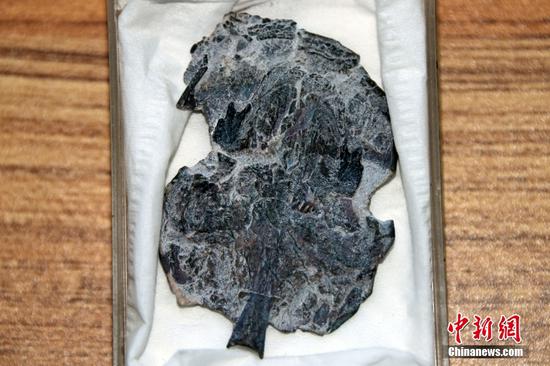
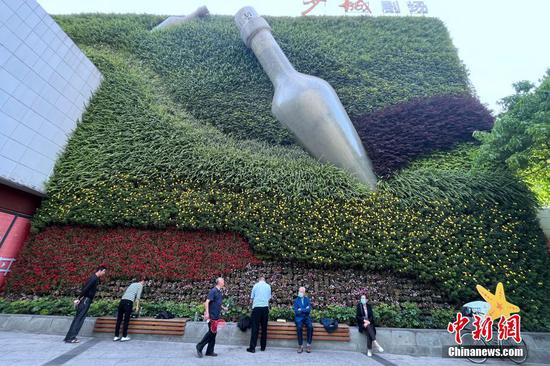
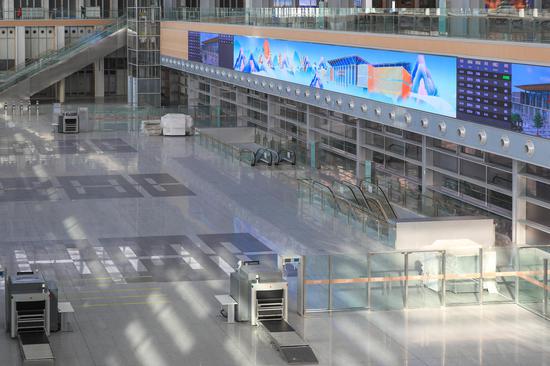


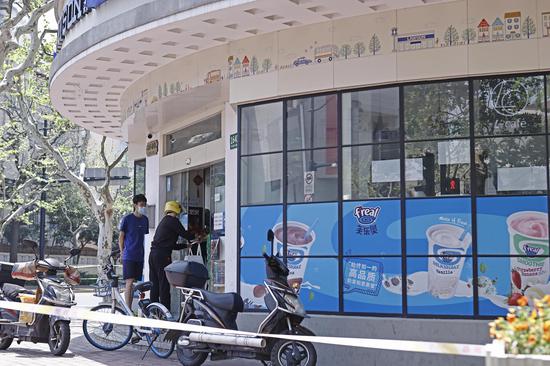

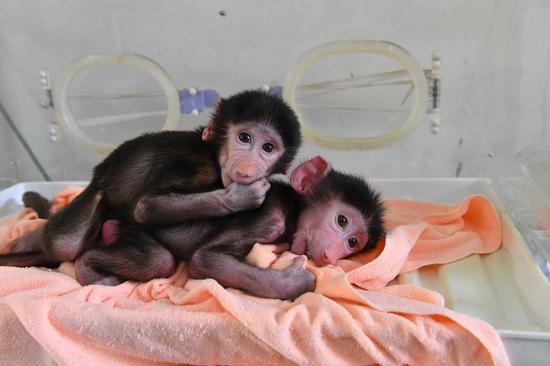
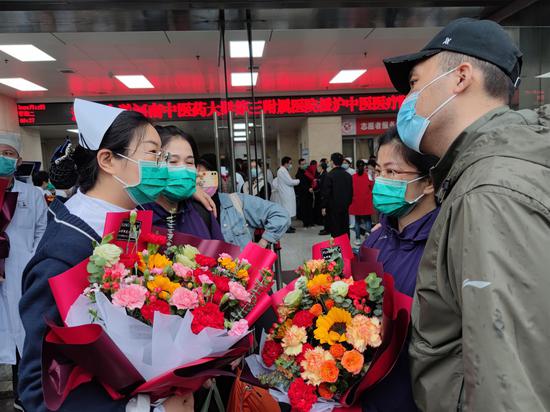
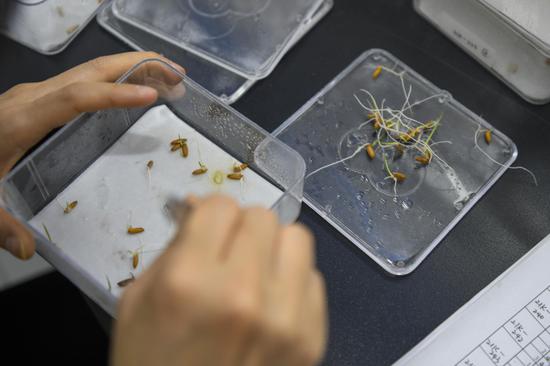
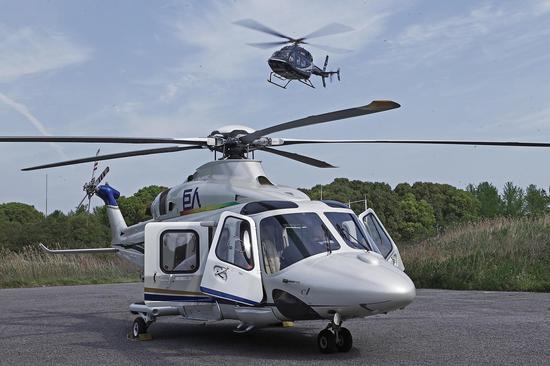



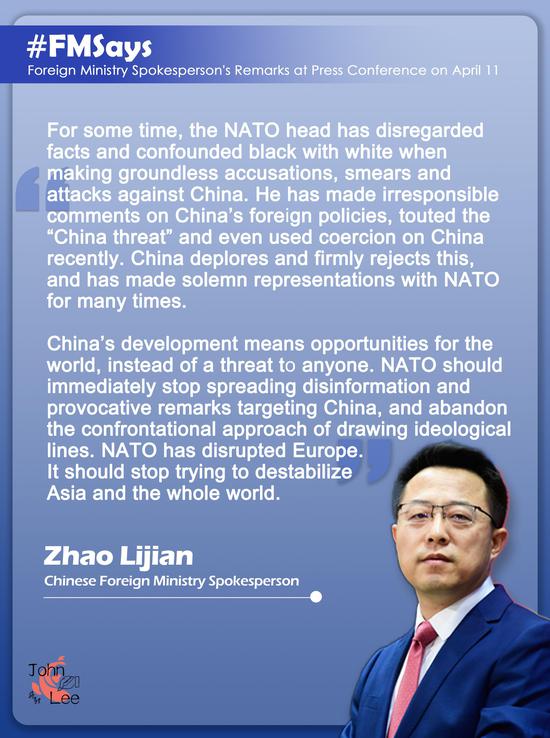
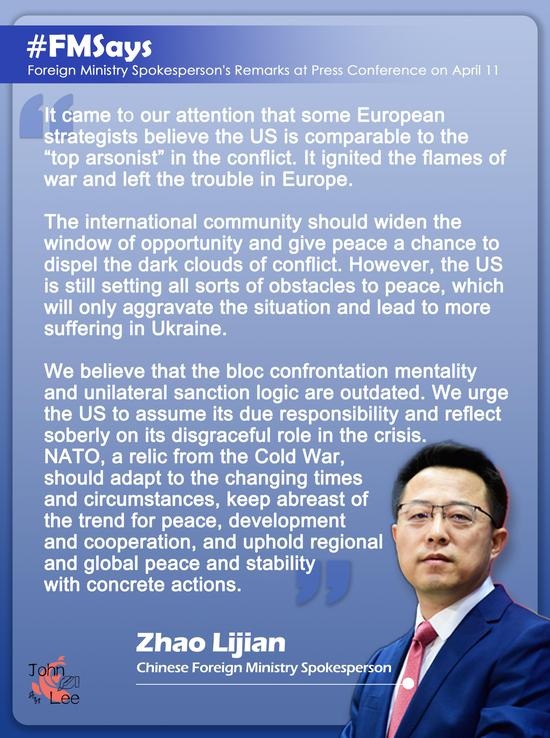
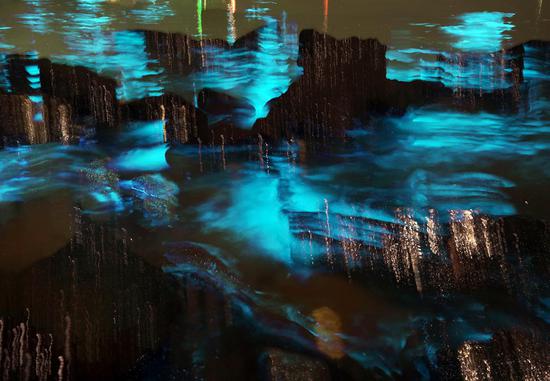

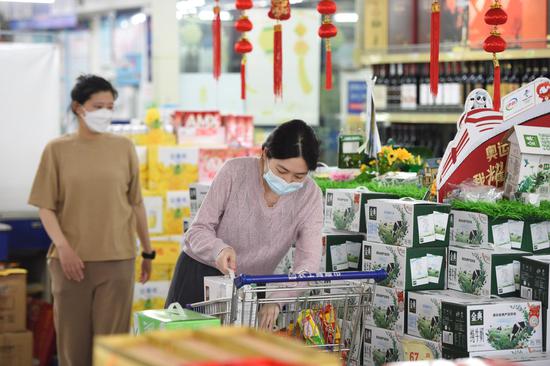
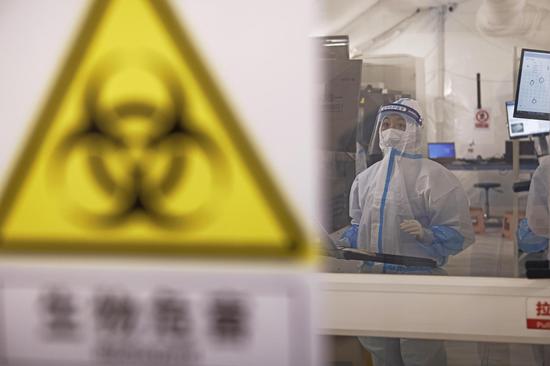

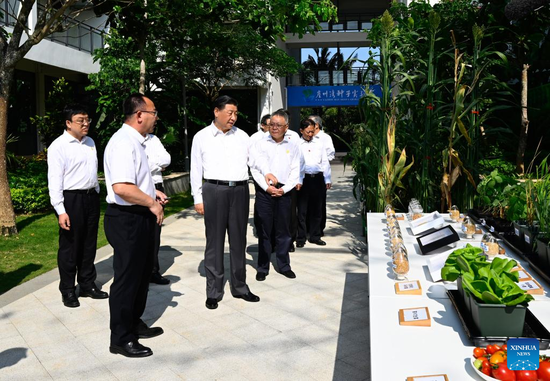


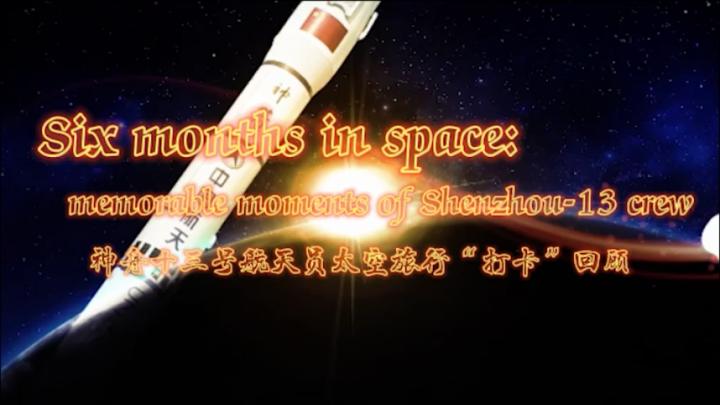



 京公网安备 11010202009201号
京公网安备 11010202009201号